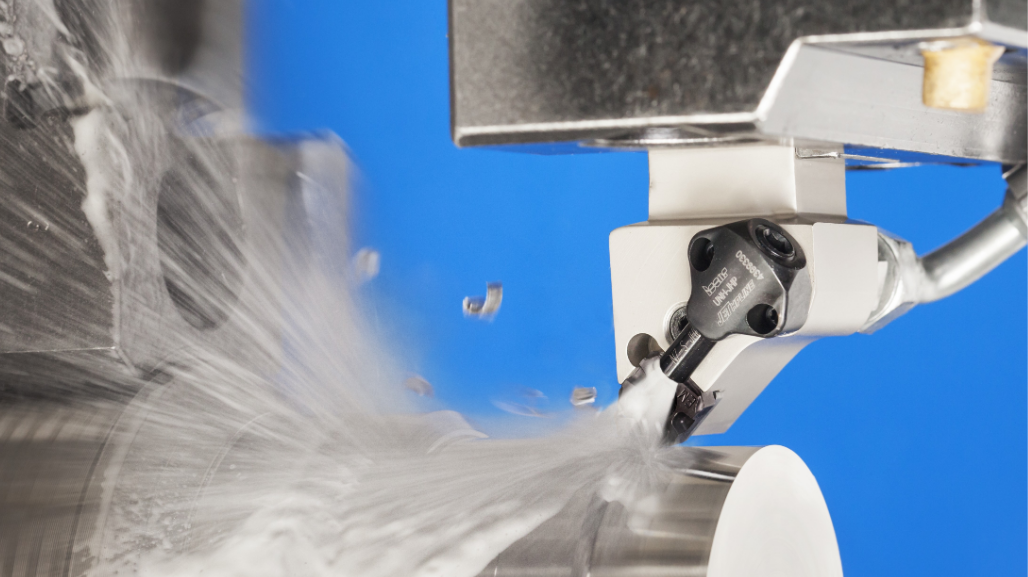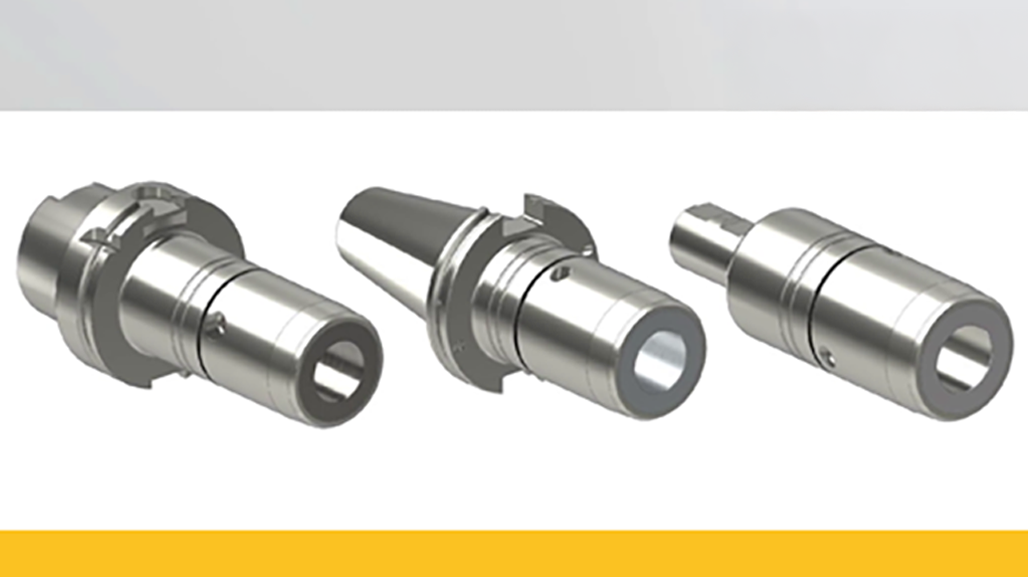Guide for Selecting & Installing Threading Inserts
Learn how to install, remove and select the right threading insert for you.
Learn how to install, remove and select the right threading insert for you.
1. What are threaded inserts used for?
Threaded inserts, also known as threaded bushings or threaded sleeves, are used to provide a strong and secure threaded attachment point within a material that is too thin or soft to support a screw thread on its own. They are typically made of a harder material than the surrounding material, such as brass, steel, or aluminum, and can be inserted into a pre-drilled hole.
Some common applications of threaded inserts include:
Furniture manufacturing: Used to attach legs, arms, and other components to chairs, sofas, and other pieces of furniture.
Plastics and composites: Used to provide a strong and secure attachment point within plastic or composite materials that are too thin to support a screw thread.
Woodworking: Used to provide a strong and secure attachment point within softwoods, such as pine or cedar, which can strip out easily.
Aerospace and defense: Used to attach components within aircraft and defense systems.
Automotive: Used to attach components within vehicles, such as seats, trim, and dashboards.
Threaded inserts come in a variety of shapes, sizes, and thread configurations to suit a range of applications.
Recommended product – Threading Insert:3014 Size, NJ Style, KCU10 Grade, Solid Carbide
2. How to install threaded inserts?
Installing threaded inserts typically involves the following steps:
Drilling a pilot hole: The first step is to drill a pilot hole in the material where you want to install the threaded insert. The hole should be the correct size to accommodate the body of the insert and should be as straight as possible.
Tapping the hole: If the threaded insert has external threads, the hole should be tapped with the appropriate tap to match the insert’s threads.
Inserting the threaded insert: The threaded insert can then be inserted into the hole using a variety of tools, such as pliers, a threaded insert tool, or a press, for example Threaded rivet nut tool. Some inserts have a flange that helps to secure the insert in place, while others have a tang that breaks off after the insert is fully installed.
Tightening the threaded insert: After the insert is fully installed, it can be tightened using a wrench or pliers.
It is important to use the correct size and type of threaded insert for your application, and to follow the manufacturer’s instructions carefully. In some cases, it may be necessary to apply a thread-locking compound to ensure a secure connection.
To remove the tang from the insert after installation, use Heli-Coil 3/8-24 Thread Insert Tang Break Off Tool
3. How do you remove a threaded insert?
Removing a threaded insert can be a bit tricky, but it can be done with the right tools and techniques. Here are the steps to follow to remove a threaded insert:
Loosening the insert: If the threaded insert is threaded into a component, you will need to loosen it by turning it counterclockwise with a wrench or pliers. If the insert is seized or stripped, you may need to use penetrating oil to help loosen it.
Cutting the insert: If the insert is still stuck, you can try cutting it out with a hacksaw or rotary tool. Cut into the body of the insert, taking care not to damage the surrounding material.
Extracting the insert: Once the insert has been cut, you can try to extract it using a pair of pliers or a threaded insert extractor. A threaded insert extractor is a tool specifically designed for removing threaded inserts and can be quite effective.
Heating the insert: If the insert still cannot be removed, you can try heating the surrounding material with a heat gun. The heat will cause the material to expand, which may help to loosen the insert.
Drilling the insert: As a last resort, you can try drilling the insert out. Make sure to use a drill bit that is the same size or slightly smaller than the body of the insert and take care not to damage the surrounding material.
Recommended product – 1/4-20 UNC Grade 303 Stainless Steel Flush Press Fit Threaded Insert for Plastic
It's important to work carefully and use caution when removing a threaded insert, as you can easily damage the surrounding material. If you're unsure how to proceed, it's best to seek the help of a professional.
4. How strong are threaded inserts?
The strength of threaded inserts depends on several factors, including the material of the insert, the size of the insert, and the type of thread used.
In general, threaded inserts made from materials like steel or brass are stronger than those made from aluminum or plastic. The size of the insert also affects its strength; larger inserts are typically stronger than smaller ones. Additionally, the thread configuration and pitch can affect the strength of the insert, with larger pitch threads typically being less strong than fine threads.
When installed correctly, threaded inserts can provide a strong and secure attachment point in a variety of materials, including wood, plastic, and composites. In wood, for example, threaded inserts can provide a much stronger attachment point than simply drilling a hole and screwing in a flat head wood screw, as the insert provides a metal-to-metal connection that is much stronger than a wood-to-wood connection.
However, the strength of the threaded insert will also depend on the surrounding material, and the strength of the connection between the insert and the surrounding material will be limited by the strength of the weaker of the two. For example, if the insert is made of steel but the surrounding material is a soft plastic, the strength of the connection will be limited by the strength of the plastic.
It's important to consider these factors when selecting a threaded insert for a particular application, and to follow the manufacturer's instructions for installation and use to ensure the best possible performance.
Use a thread repair kit if required while installing.
5. How do you select threading insert?
Selecting the right threaded insert for a specific application requires careful consideration of several factors, including:
Material: The material of the threaded insert is important because it affects the strength and durability of the connection. Common materials for threaded inserts include steel, brass, aluminum, and plastic. Consider the type of material you will be installing the insert into, as well as the conditions and loads the connection will be subject to, when selecting the material for the insert.
Size: The size of the threaded insert should match the size of the hole in which it will be installed. Be sure to measure the hole accurately, as an insert that is too large or too small may not provide a secure connection.
Thread configuration: The thread configuration of the threaded insert is important because it affects the strength of the connection. Consider the type of screw i.e. sheet metal screw or bolt you will be using with the insert, and select an insert with a matching thread pitch and configuration.
Installation method: The installation method for the threaded insert is also important to consider. Some inserts are installed using a press, while others can be installed using pliers or a threaded insert tool. Consider the available tools and resources, as well as the access to the installation area, when selecting the installation method.
Strength requirements: Finally, consider the strength requirements for the connection. Will the connection be subject to heavy loads or stress, or is it just for light duty? The strength requirements will determine the size and material of the threaded insert, as well as the thread configuration and installation method.
By considering these factors and following the manufacturer’s instructions carefully, you can select the right threaded insert for your application and ensure a strong and secure connection.
Recommended similar product – 16IRAG60 IC908 Carbide Laydown Threading Insert



